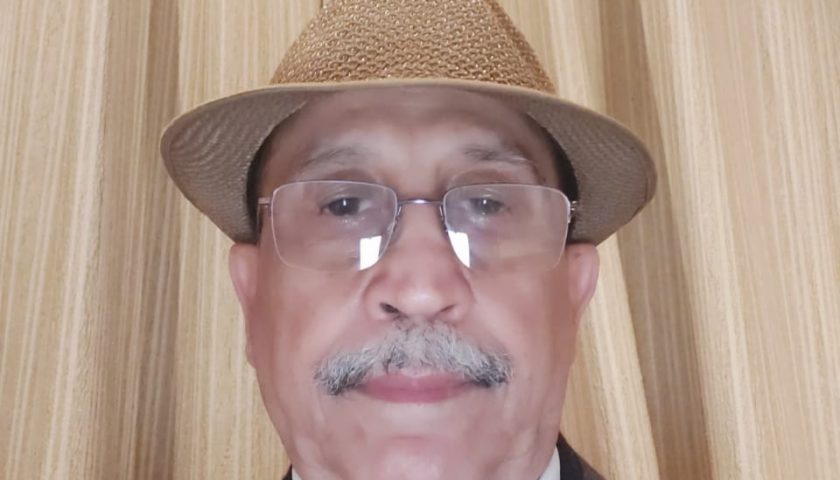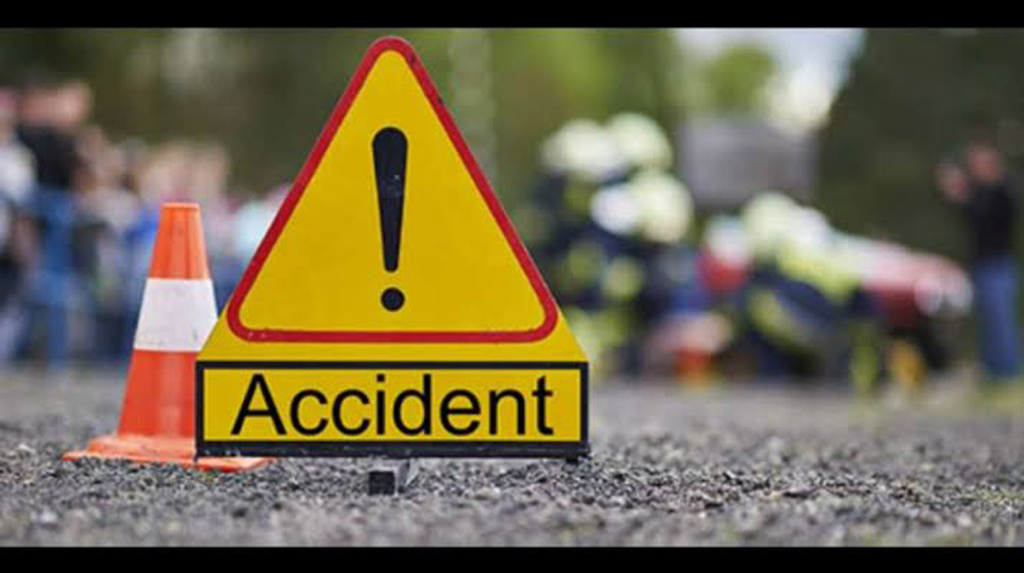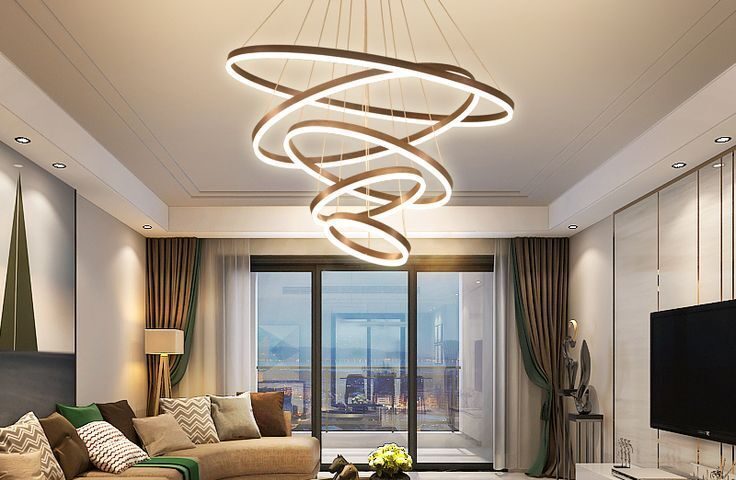It was a Monday morning in October at New Delhi. Just 5 days before our Medical College 50th Alumni meet at Shimla. This was planned and organised by my wife and myself, both classmates. Also, it was just 2 weeks before the Airtel Delhi Half Marathon, which I had been running for the last 10 years. I had been running for pleasure all throughout, but on this day it was my last practice of a long run in the nearby park. Having run 15 km without feeling tired I added another round of around 2 km before calling it a day. I finished my energy drink of Roohafza with salt and a squeeze of lemon in the park and started half a km walk to my home.
It was around 0745 AM, and I had to cross just one road. The school traffic on this road had not started, just 2 E-rickshaws at slow speed coming from opposite directions. I had crossed more than half the road when it seemed to happen in a flash. A speeding Bullet Motorcycle, on the wrong side of the road, crashed into me. I couldn’t see it because the incoming E-rickshaw had blocked my vision. Shocked due to the impact, I came to know later that two men had picked me up and my right lower leg and foot was hanging at 90 degrees. With both hands, despite the excruciating pain, I straightened my broken portion and aligned it. I was still holding this leg till the good samaritans took me to the nearest hospital and placed me gently on the stretcher trolley. One of them noted my address and went home to inform my family.

The first aid appeared very simple to me. A Crammer wire splint was required to be applied as soon as possible to reduce the pain due to movements of fractured parts. I kept repeating my need for a splint but even the Emergency doctor injected only a pain reliever. An hour was lost in getting an X-ray and then for the Orthopaedic surgeon to come and ‘order’ the application of the splint. Applying the splint is a procedure done at injury site by any first aid trained person in the Indian Armed Forces or medics abroad so it was a bit disappointing that they didn’t do that as soon as I came in. My wife and the family were soon to arrive and so were the policemen. As I had no clue who hit me, one of the witnesses narrated the incidence. The good samaritans had left for their office after helping me out. We were informed that the Private hospital we were in was competent to treat me and that the Delhi government would reimburse all charges. Also, I could get an additional lump sum from the person who had hit me. My wife, however, decided against it and we both decided to go to our Army facility as I was a veteran. A paid Ambulance took us to the Military Base hospital.
My son-in-law, a serving Army officer with my daughter and grandchildren, left from Alwar for the Base Hospital. The moment we reached the hospital, they also arrived. I felt secure and my anxiety disappeared. I was informed that I had major injuries on my face too and needed an MRI of the brain as well as CT scans of my skull and face. A preliminary plaster cast was applied on the leg. Another 4 hours were spent in the investigations. I was found to have fractures of maxilla bone in my jaw as also fractures of the nasal bones. The right leg had a compound, comminuted fracture of both the bones which had been shattered.

The family spent a day impatiently waiting for the Scan results. Fortunately, there was no head injury or bleeding in the brain. The neurosurgeon was surprised as to how miraculously I had escaped injuries to the brain and eyes. However, I was observed critically for 24 hours before being declared out of danger. I needed different major surgeries which were planned and carried out within the next few days and my mouth was shut with wires for over 3 weeks. A rod was put in my fractured leg. On the second day, my second daughter with her husband also arrived. They are Australian residents but had come to Orissa to meet his parents. My son-in-law was by my side every night in the hospital after the surgery to cater to my unending needs.
The hospital stay of 12 days was quite comfortable. The treating surgeons and dental surgeons were professional yet very courteous. The nursing staff and the attendants always available provided excellent care. I was kept in good spirits by my extended family. My doctor colleagues of Delhi also paid visits to cheer me up. My main pillar of strength was, of course, my wife who saw to all my needs especially what to feed and how to feed with my mouth shut with wires. My cellphone ensured that I was aware of the world news and taking photographs to cheer me up. WhatsApp helped me in communicating with my colleagues who were having a gala time at the Alumni reunion. Video and phone calls and photographs of dinners, college visit and picnics were a welcome change. In all, there was never a moment for negative thoughts to appear.
After the first week, basic physiotherapy had started, stitches removed from wounds and walker training provided to help me go home, with plans to only come back for weekly reviews. But the road to recovery was long and arduous. My orthopaedic surgeon informed me that I may be able to walk without support after a year. He wasn’t too sure if I could run again, seeing my age (then 68 years). But just to boost my morale, he told me, “Maybe 2 years”.
Once I was settled at home, the Australian family left but my other daughter came back from Alwar. Alone this time, as her husband couldn’t get more leave and the granddaughters needed to go to school. It is she who sowed the seeds of ‘Writing’ in my brain. Writing stories for my grandchildren, writing about my experiences in the 36 years of Army service or writing articles on issues of health as I had practised Public Health for 3 decades.
Coming back to my ‘small accident’. A 19-year old, slum dweller youth who had borrowed a heavy motorcycle for a joy ride, early morning, riding too fast on a Delhi road with little traffic, hits a pedestrian on his wrong side of the road. Should he have been reported to the police?
The question still haunts me. What if I, the pedestrian who got hit was a poor person? Or, if I was the only breadwinner for my family? Or what if I had lost an eye or got a blood clot in my brain? Or lost a leg? Most pedestrians hit by fast driven motorcycles die of head injuries. Others escape with brain damage along with fractures of pelvis or ribcage with damage to lungs, liver, kidneys or intestines. Survivors remain bedridden for many months. I consider myself singularly lucky. After more than a year of hardship, I am now able to walk and will try to take up the surgeon’s challenge of running again after 2 years!
I plan to dwell more on these issues of ‘small accidents‘ after a fortnight. Wishing all my readers a very Happy New Year!

Maj Gen Krishan Chauhan is a second-generation army officer. He studied in Sainik School Kapurthala, graduated from IG Medical College, Shimla and did his MD from AFMC/Pune University. He has served in the Army Medical Corps for 36 years and retired as the Addl DGMS army. He is an avid marathon runner and a writer. He first wrote articles for children in The Young Chronicles. Later, he started writing his own blog as Genkris, on WordPress where over 25 articles on various subjects can be accessed.



